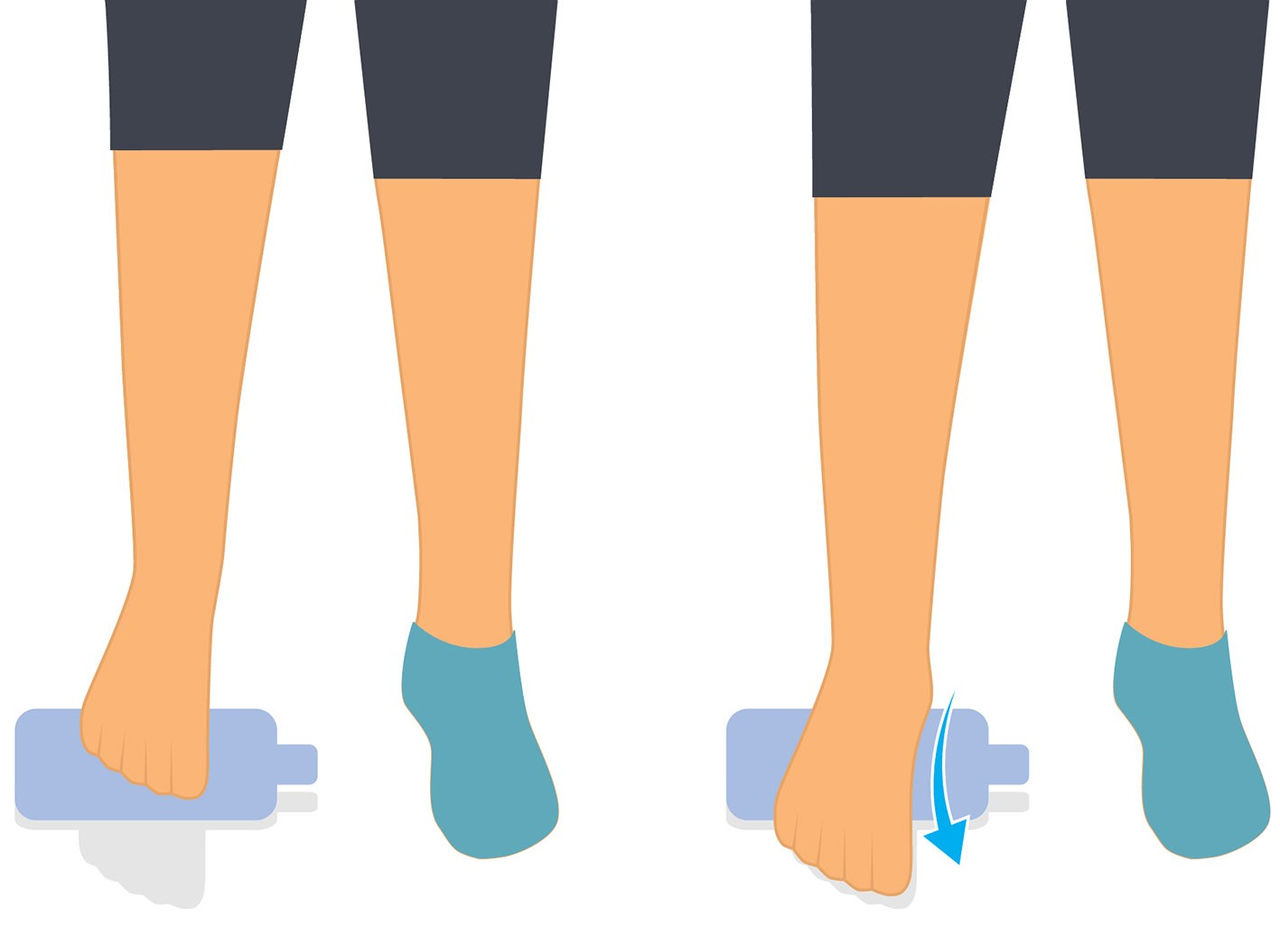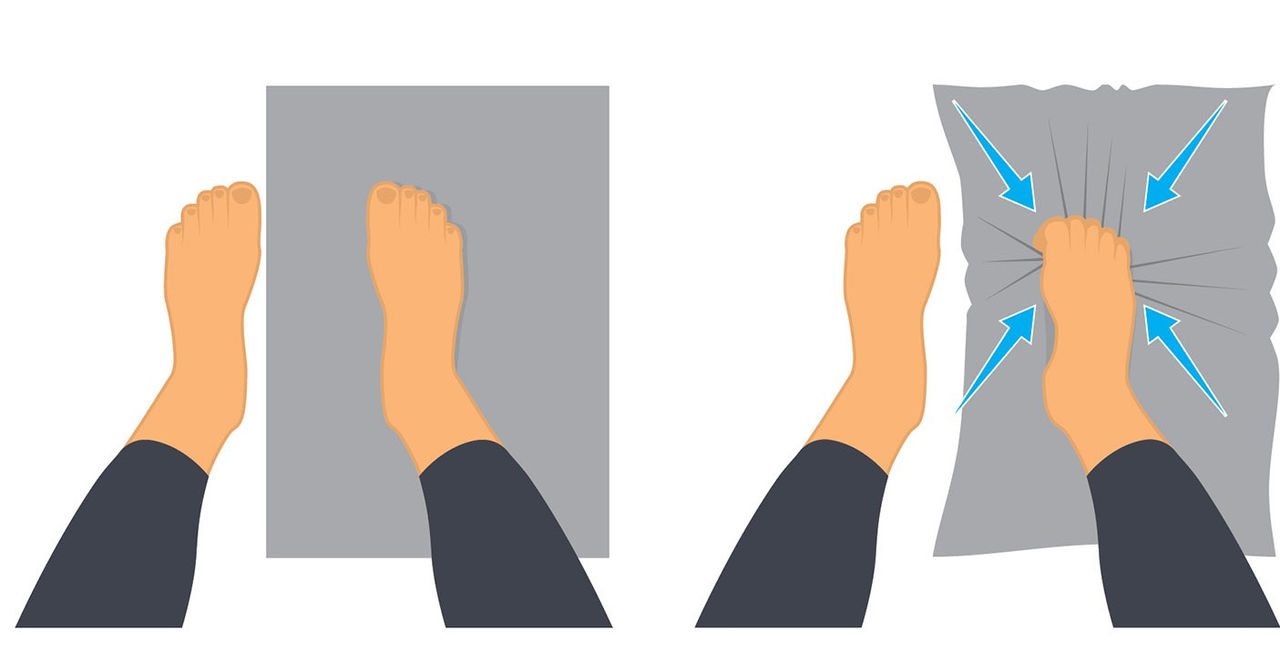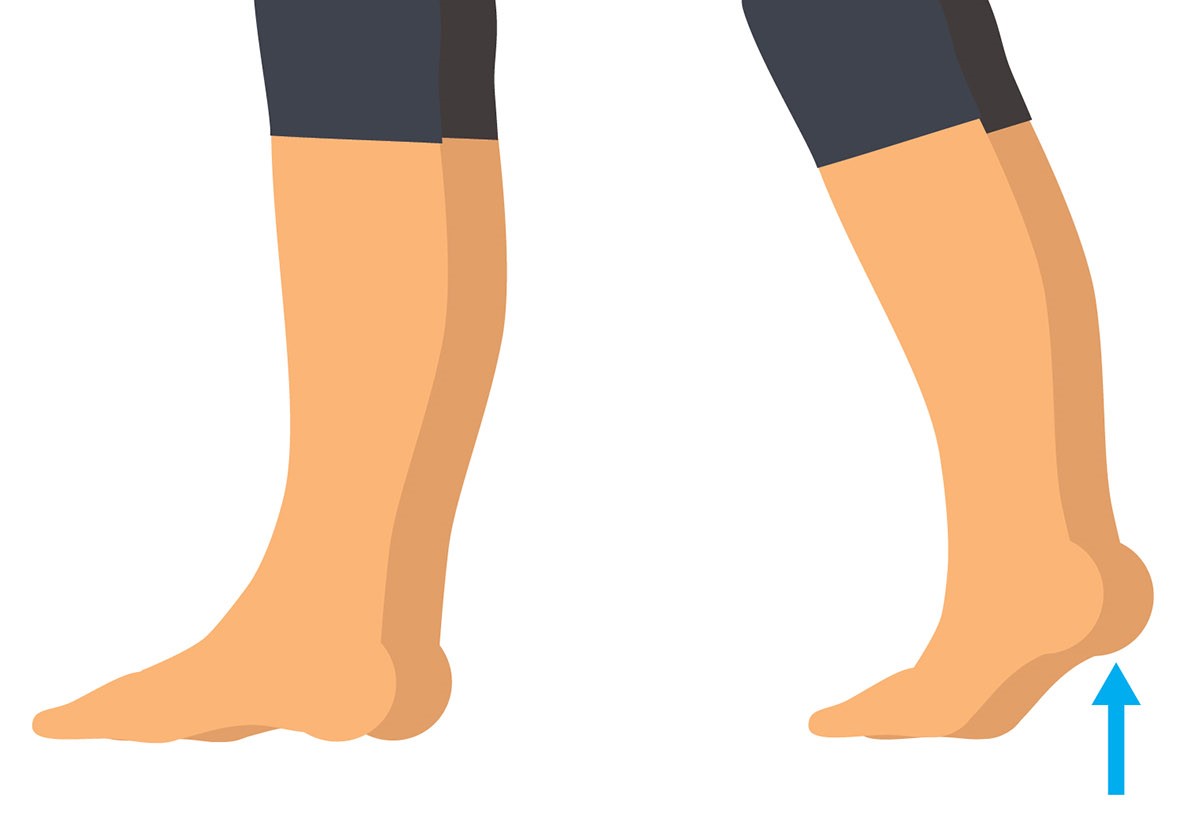Quarantine Foot Pain - An Unintended Consequence
As a new stay-at-home-barefoot lifestyle has resulted from COVID, more and more people are experiencing foot pain. Dr. Lee explains why this might be happening.
As a new stay-at-home-barefoot lifestyle has resulted from COVID, more and more people are experiencing foot pain. Dr. Lee explains why this might be happening.
Over the past couple years, the global COVID-19 pandemic has affected and influenced virtually every segment of our lives. One unexpected outcome has been an increase of chronic foot and ankle conditions typically associated with overuse activities. However, throughout the pandemic, as more people worked from home, were unemployed, or stayed home to home school kids, these chronic conditions arose from a new cause…BARE FEET. In these strange times when many people went days without getting out of their pajamas and did Zoom meetings in their sweats, shoes were often overlooked.
The chronic conditions most frequently bringing people to see a foot and ankle doctor include common problems such as plantar fasciitis, Achilles tendonitis, posterior tibial tendonitis, and metatarsalgia (pain in the ball of the foot).
These conditions are fairly common in people experiencing foot or ankle pain. What has changed is the typical cause. These conditions are usually seen as a result of overuse and over activity. People that work or stand on their feet throughout their day and those that participate in repetitive or high impact activities such as running, aerobics, and cross-fit were most prone.
We’re finding a new “normal” is the stay-at-home-in-my-bare-feet type of patient. While the human foot was originally designed for barefoot walking, those of us now living in a shoed society are no longer used to prolonged bare feet.
Our shoes offer support of our arches that the intrinsic muscles of our feet were otherwise designed to assist with. As we have become used to having support from our shoes, these muscles have weakened over time resulting in greater arch collapse, or pronation.
This pronation, or flattening of the arch, allows the foot to become more moldable or adaptable to the surface under our feet. It also places undo stretch on the Achilles tendon and plantar fascia. Additionally, the posterior tibial tendon must then work harder during midstance (when the foot is fully pronated and the other foot is swinging forward in gait) to re-supinate the arch so that the foot is strong enough to push off and take the next step forward.
All of this “barefootedness” has caused patients to seek medical attention regarding their inflamed tendons, ligaments, and arches. Many of these aforementioned conditions are treated similarly…starting with the use of good supportive shoe, even in your home.
Other treatment options may include arch supports, stretching exercises (a few shown below), ice and anti-inflammatories. In advanced cases, injections or physical therapy may be warranted, and rarely these conditions can become surgical problems. If you are experiencing foot pain, talk to your doctor about what options might be right for you.
 Plantar fasciitis massage (roll a frozen water bottle under your arch)
Plantar fasciitis massage (roll a frozen water bottle under your arch)
 Toe towel curls (place a towel under your foot and try to squeeze it with your toes)
Toe towel curls (place a towel under your foot and try to squeeze it with your toes)
 Heel lifts (raise onto the ball of your feet, then back down)
Heel lifts (raise onto the ball of your feet, then back down)
As we look forward to life after COVID and our “new normal,” here’s to hoping that these common foot conditions go back to problems of overuse; from morning walks, long days shopping, and people working on their feet in a factory.